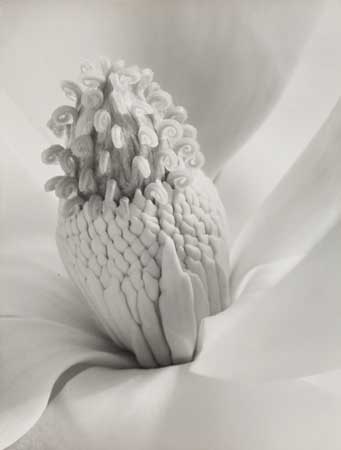Sale 2146 - Lot 323
Unsold
Estimate: $ 60,000 - $ 90,000


Aliquam vulputate ornare congue. Vestibulum maximus, libero in placerat faucibus, risus nisl molestie massa, ut maximus metus lectus vel lorem.